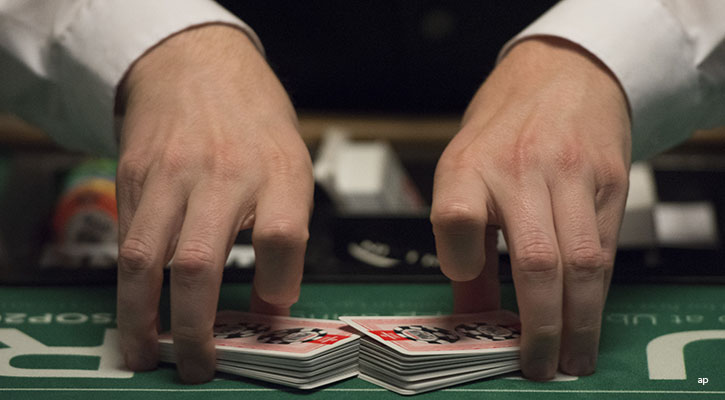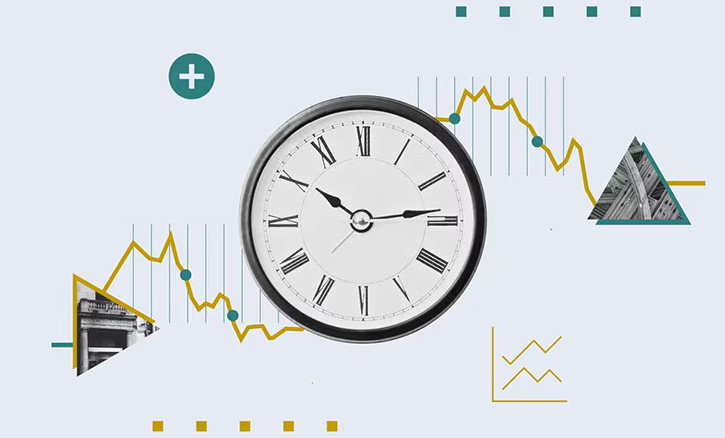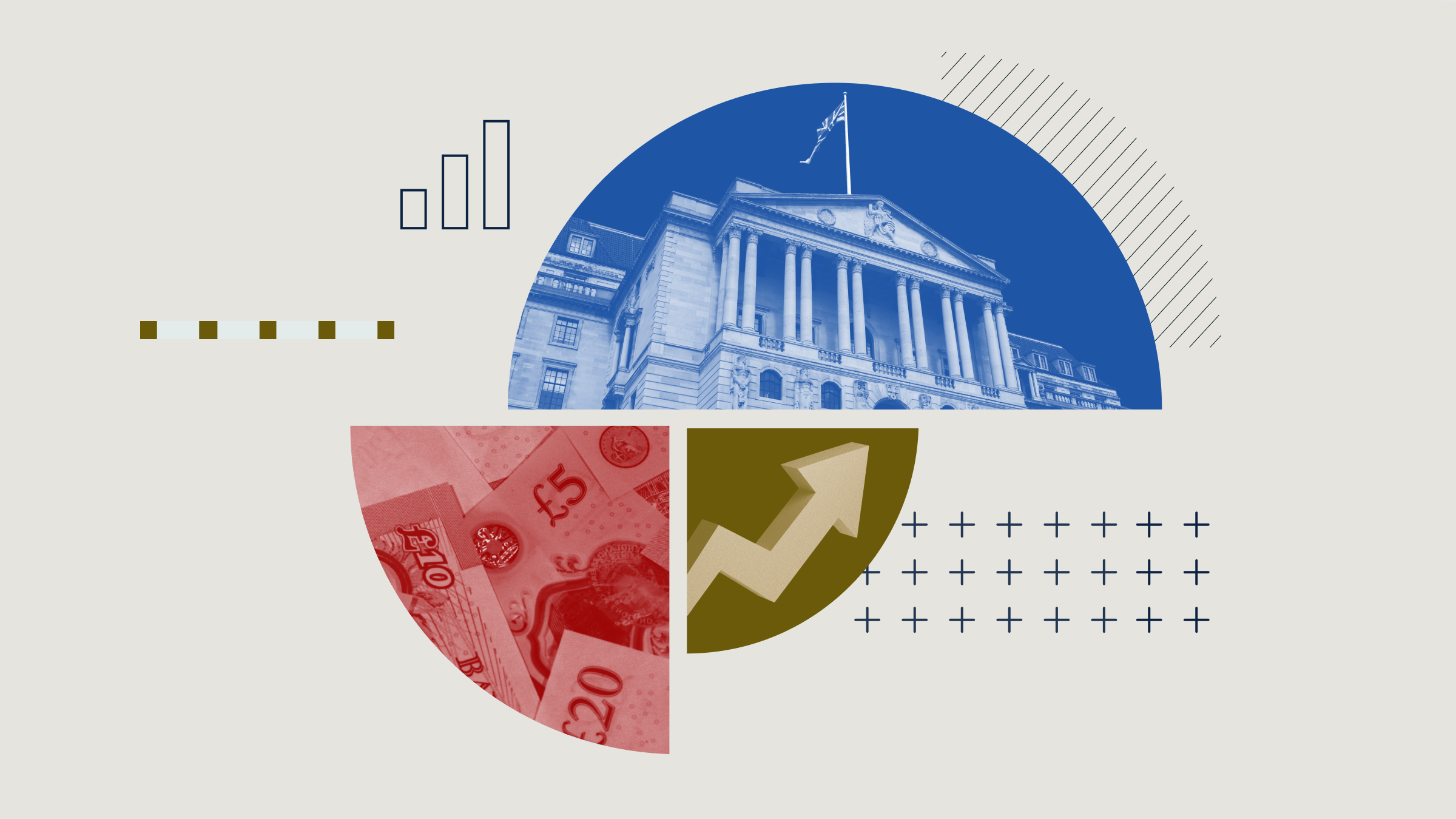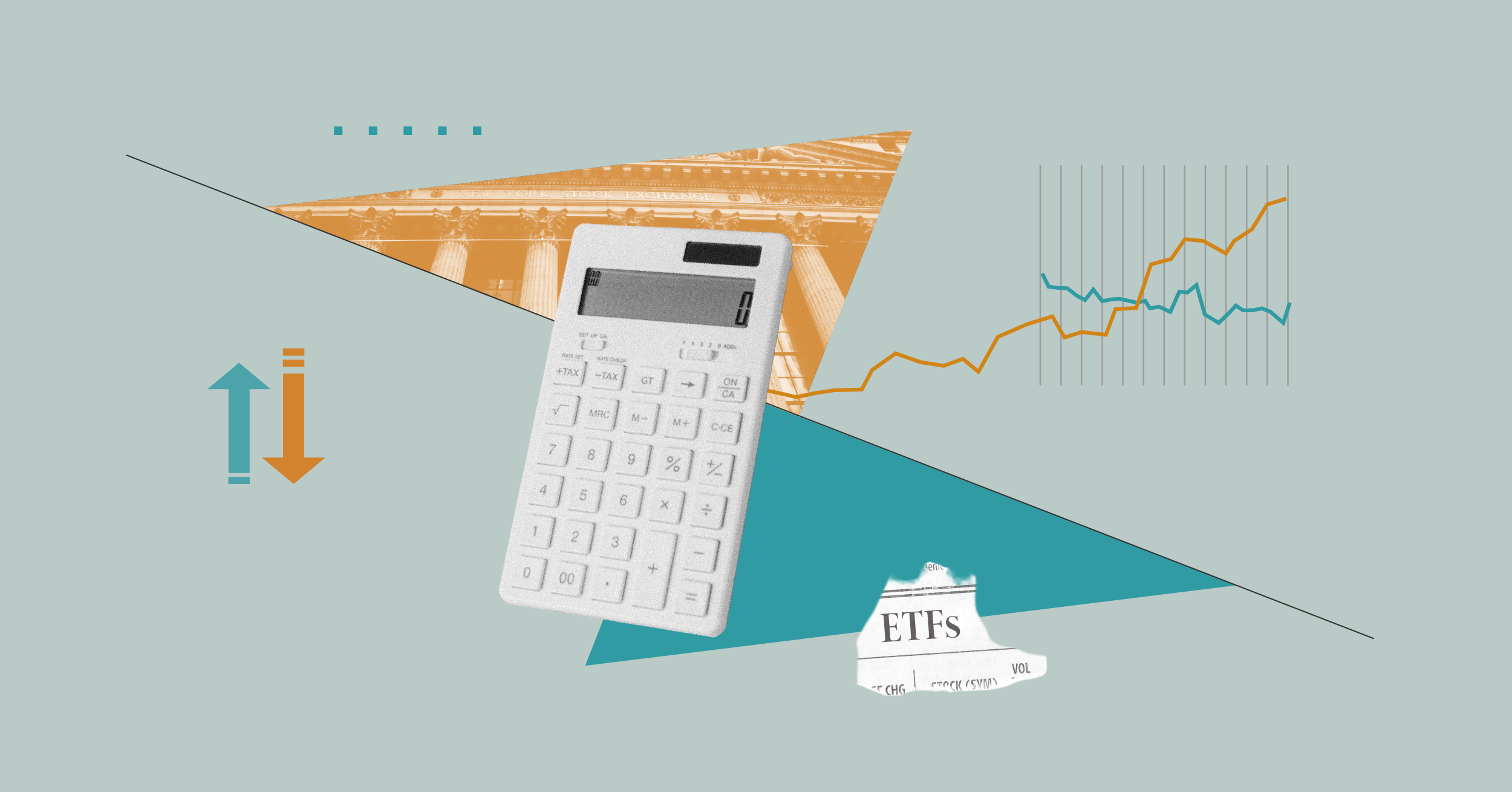As investors, we’re constantly told to remain calm during market turbulence. Anxiety lowers cognitive abilities, risk tolerance, and confidence, so it’s not the ideal emotional state for an investor. As it turns out, though, trying to calm down when the markets are on fire might be ineffective advice. Here’s why.
'Remain Calm' Is Bad Advice
According to Harvard researcher Dr Alison Wood Brooks, an overwhelming majority of people believe that the best way to cope with performance anxiety (public speaking, math exams, and so on) is to try to calm down. We think that a calm state of mind will help us do the job better, but is it always possible to calm down when putting yourself on the line? Brooks’ research says no.
In 2014, Brooks published a series of studies comparing the effectiveness of coping strategies on performance outcomes in stressful situations. People who were facing high-anxiety events (like singing, math exams, or public speaking) were given different coping strategies and then judged on their performance of the task.
Through several studies and various methods, Brooks had people “reappraise” their emotions before performing the task. One group was told to say, “I am calm” (and try to believe it) when asked how they felt. Another group was told to say, “I am excited.” A third group was told to say, “I am anxious,” and a control group was given no instructions about how to respond.
By now, I’m sure you’ve guessed which way this went. The people who tried to believe they felt calm were not able to become calm, as judged by heart rate and self-reported emotions after the fact. On the other hand, people who tried to get excited were able to do so. The fact that the physiology of excitement is so close to anxiety seemed to help them make the emotional shift more easily. That excitement had a positive effect on performance, and as a result, the people in the “excitement” group performed best.
To be clear, the people who got excited didn’t feel less anxiety, but they did feel more excitement, and that positive emotional charge boosted their performance. Those who got excited did better on the tasks they were anxious about than the people who either tried to calm down or those who didn’t try to reframe their anxiety at all.
Can Fear Be Fun?
Anxiety raises your heart rate and creates a restlessness in the body. Excitement also raises your heart rate and creates a restlessness in the body. The two emotions feel strikingly similar, except that anxiety is felt as negative and can lead to negative outcomes, while excitement is felt as positive and can improve outcomes – at least on tests and karaoke challenges.
The idea here is that if we can tell ourselves that we feel excited rather than anxious, we will be better equipped to ride out the stomach-lurching drops in the market.
Whether it’s a war, rampant inflation, rising interest rates, a malfunctioning supply chain, or anything else, we will see terrible days (weeks, months) in the market. As an investor, it’s normal to get scared. It’s ok. Instead of staying calm, treat it like a roller coaster, and turn the fear into fun.
How to Do It
I used to hate roller coasters. The few times I was roped into riding one, I would close my eyes, grit my teeth, and just count the seconds until it was over. To me, the experience was complete torture with absolutely no benefits. Why would a person put themselves, willingly, into such a situation? I didn’t get it.
My daughter, it turns out, is a thrill-seeker. So, when she and I went to a theme park, I was faced with a choice: Disappoint her, or get on the most extreme ride of my life. The slope upward was completely vertical. The twists and turns went upside down. I knew that if I was going to ride this ride, I needed to change how I felt about it, pronto.
I decided to treat it as a test of courage. I would put myself in a situation that was guaranteed to be both frightening and out of my control, and I would not let fear take me over. I made the decision to stay present this time, grab that adrenaline at its source, and channel it into excitement.
Eyes open and mind in the moment, I was going to let thrill flow through me instead of fear. Rather than block the experience out, I would soak it in and find the fun. Steeped as I was in this exited mindset, I was not surprised at all to be ushered straight up to the front two seats.
I strapped myself in and chose a song to play to focus my emotions. Then we began the slow crawl to the first peak. I kept my eyes open and told myself, “I’m excited!” When we crested the summit and I faced the near-vertical drop, I thought, “Bring it on!”
I screamed. I laughed. I screamed more. I felt the intensity of emotion fill my senses and then some. By the time the ride was over, I was truly enjoying myself, and I felt braver than ever before. What a rush! I was ready to go again.
The technique I used was to simply tell myself I was feeling excited while I was feeling scared. This is one of the same techniques that Brooks had her study participants use, and it’s easier than you think. Because your body is already agitated, your brain will believe you. This has worked for me in situations as disparate as public speaking, exams, business pitches – and, yes, investing my own money.
Excitement Sees Opportunity
The difference between fear and excitement is significant. As Brooks points out:
“Individuals who feel anxious tend to focus on the potential negative outcomes of future events and believe that those outcomes are more likely to occur (Lerner & Keltner, 2001; Raghunathan & Pham, 1999).
Those beliefs lead anxious individuals to have lower self-confidence, to be more risk-averse than individuals in a neutral state, and to struggle with cognition immediately before and during performance tasks (e.g., Eysenck, 1992; Gino et al., 2012).
In contrast, individuals in an excited state tend to focus on the potential positive outcomes of upcoming events and believe that they can achieve more positive outcomes (Ashby, Isen, & Turken, 1999; Aspinwall & Taylor, 1997; Brown & Curhan, 2013; Fredrickson, 2001; Jamieson et al., 2010; Scheier, Weintraub, & Carver, 1986; Schnall, Roper, & Fessler, 2010).” – Brooks, 2014
In other words, fear looks for threats, and excitement looks for opportunities.
When you are fearful, drops in the market trigger anxiety and "what if?" scenarios that would frighten the calmest among us. On the flip side, when you are excited, your brain looks for opportunities and believes in optimistic outcomes.
So if you can be excited rather than fearful about the market dropping, you’ll find yourself searching for great discounts on companies that you previously wanted to buy but that may have been overpriced or you may decide to increase your contribution to your retirement account.
When the new coronavirus outbreak became a market scare, I had to fend off the urge to lower my portfolio risk exposure. I know better, but fear is a natural response to threat. So, I thought about the roller coaster. My inner monologue said, “Here we go...bring it on!” and an amazing thing happened. I started to feel calm. I literally felt amused by the five-figure drop in my balance that happened in one day, and I said to myself: “This is the ride. Scream if you have to, but you chose to be here. You’re going to feel like such a rock star when it’s over.”
Then, over breakfast, I told my teenage daughter, who is trying to decide how to invest a small inheritance: “listen, you need to pick some companies because I don’t know when we’re going to have a better opportunity to buy at great prices than right now.”
I had to remind myself of this again two years later, when the market fell into correction territory in response to the US Fed's announcement of a rate increase. Fear sells. Excitement buys. That’s the power of anxiety reappraisal. Use it.
 DWS is in Deep Doo-Doo Over Greenwashing – Here's Why
DWS is in Deep Doo-Doo Over Greenwashing – Here's Why
 Centrica Back in FTSE Reshuffle
Centrica Back in FTSE Reshuffle
 Are These Undervalued Stocks Post-Election Winners?
Are These Undervalued Stocks Post-Election Winners?
 Is the US Stock Market Expensive Right Now?
Is the US Stock Market Expensive Right Now?
 Are FTSE Mining Companies Cheap Right Now?
Are FTSE Mining Companies Cheap Right Now?
 Advice for George Osborne and Stock Market Regrets
Advice for George Osborne and Stock Market Regrets
 How to Find Solid Dividend-Paying Stocks
How to Find Solid Dividend-Paying Stocks
 10 Top-Performing Funds in the UK
10 Top-Performing Funds in the UK
 Fund Research: Europe’s Shining Stars
Fund Research: Europe’s Shining Stars
 Will the Bank of England Cut Interest Rates on March 20?
Will the Bank of England Cut Interest Rates on March 20?
 UK Business Secretary ‘Disappointed’ by Trump Tariffs
UK Business Secretary ‘Disappointed’ by Trump Tariffs
 Fixed Income ETFs to Take 2025 by Storm, Says Vanguard Head
Fixed Income ETFs to Take 2025 by Storm, Says Vanguard Head
 State Street to Launch Active ETFs in Europe This Year
State Street to Launch Active ETFs in Europe This Year
 12 Undervalued US Stocks that Just Raised Dividends
12 Undervalued US Stocks that Just Raised Dividends
















